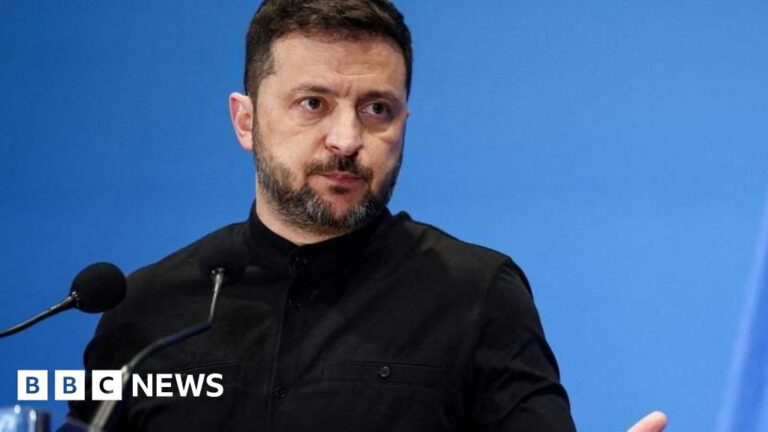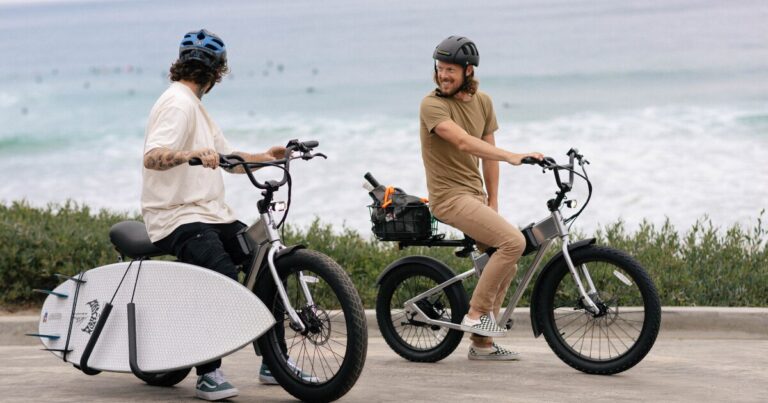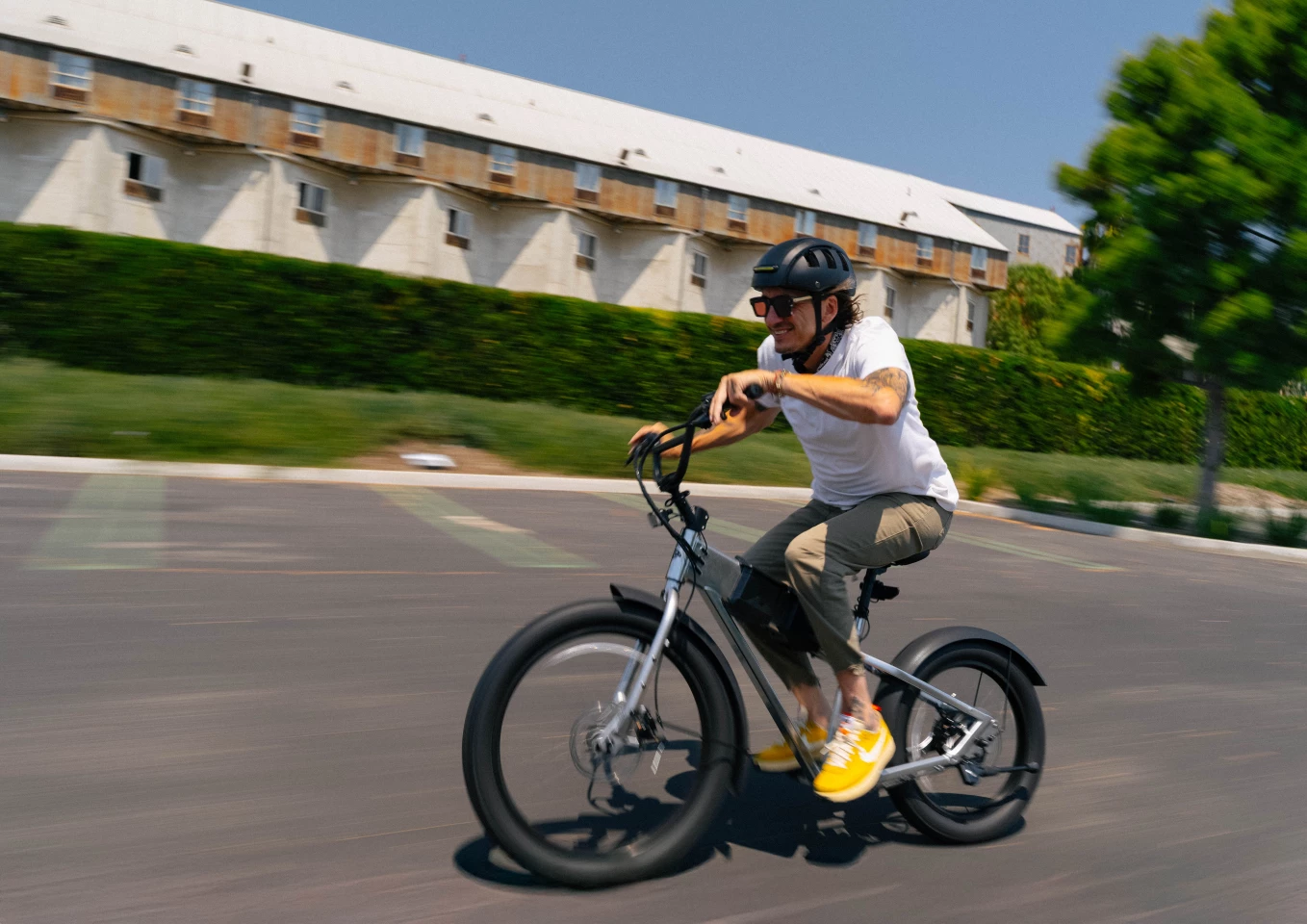A United States federal judge has ordered immigration authorities to improve conditions at a New York City facility following reports of overcrowding, inadequate food and unhygienic conditions.
On Tuesday, Judge Lewis Kaplan issued a temporary restraining order that mandated Immigration and Customs Enforcement (ICE) to implement reforms at 26 Federal Plaza, a government building in Manhattan where one floor contains holding cells for migrants and asylum seekers.
The restraining order requires the government to limit capacity at the holding facility, ensure cleanliness and provide sleeping mats.
“My conclusion here is that there is a very serious threat of continuing irreparable injury, given the conditions that I’ve been told about,” Kaplan said.
Under Kaplan’s order, the government will be forced to thoroughly clean the cells three times a day and provide adequate supplies of soap, towels, toilet paper, toothbrushes, toothpaste and feminine products.
He has also instructed immigration officials to allocate 4.6 square metres (50 square feet) per person, shrinking the capacity of the largest room from 40 or more detainees to just 15.
Finally, to ensure access to legal representation, Kaplan said the government must ensure detainees have accommodations to make confidential, unmonitored and unrecorded legal telephone calls.
Inside the complaint
The changes come in response to a complaint filed by lawyers for a Peruvian asylum-seeker named Sergio Alberto Barco Mercado, who was taken into custody on August 8 after appearing for a scheduled court date.
He was imprisoned at 26 Federal Plaza after his arrest. But his lawyers have argued that Barco Mercado and others in the facility have faced “crowded, squalid, and punitive conditions”. They also said they were denied access to their client after his arrest.
Barco Mercado testified that the holding room was “extremely crowded” and “smelled of sewage” and that the conditions exacerbated a tooth infection that swelled his face and altered his speech.
“We did not always get enough water,” Barco Mercado said in a sworn declaration. “There was one guard who would sometimes hold a bottle of water up and people would wait to have him squirt some into our mouths, like we were animals.”
Barco Mercado has since been transferred to a facility in upstate New York.
In court filings, other detainees complained that they had no soap, toothbrushes or other hygiene products while locked in the 26 Federal building.
They also said they were fed inedible “slop” and endured the “horrific stench” of sweat, urine and faeces, in part because the rooms have open toilets. One woman having her period could not use menstrual products because women in her room were given just two to divvy up, the lawsuit said.
A mobile phone video recorded last month showed about two dozen men crowded in one of the building’s four holding rooms, many lying on the floor with thermal blankets but no mattresses or padding.
ICE responds to allegations of ill treatment
At Tuesday’s hearing, a government lawyer conceded that “inhumane conditions are not appropriate and should not be tolerated”.
“I think we all agree that conditions at 26 Federal Plaza need to be humane, and we obviously share that belief,” said Jeffrey S Oestericher, a representative for the US Attorney’s Office in the Southern District of New York.
The government also tried to downplay allegations of overcrowding at the facility and inhumane conditions.
In a sworn declaration, Nancy Zanello, the assistant director of ICE’s New York City Field Office of Enforcement and Removal Operations, wrote that 24 people were held in the building’s four holding rooms as of Monday.
That number was well below the 154-person limit imposed by the city fire marshal for the floor.
Zanello also said that each room was equipped with at least one toilet and sink, and hygiene products were available, including soap, teeth cleaning wipes and feminine products.
The 26 Federal Plaza site has become a flashpoint in New York as the city contends with President Donald Trump’s crackdown on undocumented immigration.
The holding cells are on the 10th floor, just two floors below an immigration court. The building also houses the New York field office for the Federal Bureau of Investigation (FBI) and other government offices.
While ICE has conducted high-profile raids on factories, farms and other workplaces elsewhere in the country, New York City has seen its immigration arrests largely unfold in court buildings, as migrants and asylum seekers exit their civil immigration hearings.
Critics have denounced such arrests as violations of the right to due process. They warn that, by carrying out arrests in court buildings, officials could discourage foreign nationals from pursuing lawful paths to immigration.
But in January, the Trump administration rescinded guidelines that limited immigration arrests in “sensitive locations”, court buildings generally considered to be among them.
An analysis published this week by local news outlet The City found that half of all court arrests nationwide in late May and early June took place in New York City.















